5 Common 4x4 Myths Debunked
There's always a myriad of off-road and 4x4 myths that surface when talking shop on the trail, around the campfire or in the garage. Some of these myths can be proven true, some are completely false, yet all are perpetuated by well-meaning enthusiasts.
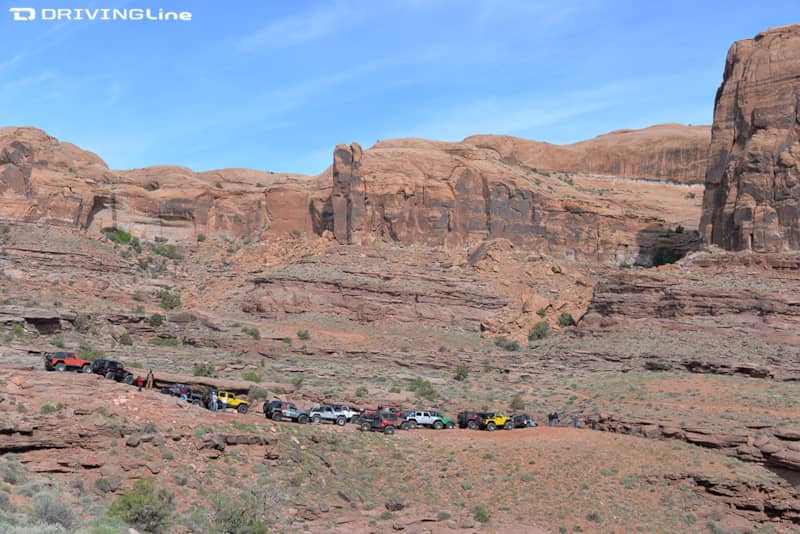
We’ve compiled some of the more common myths that we often hear about. Here's all the info you’ll need to debunk your buddies:
1. All four tires on your 4x4 should spin when you get stuck.
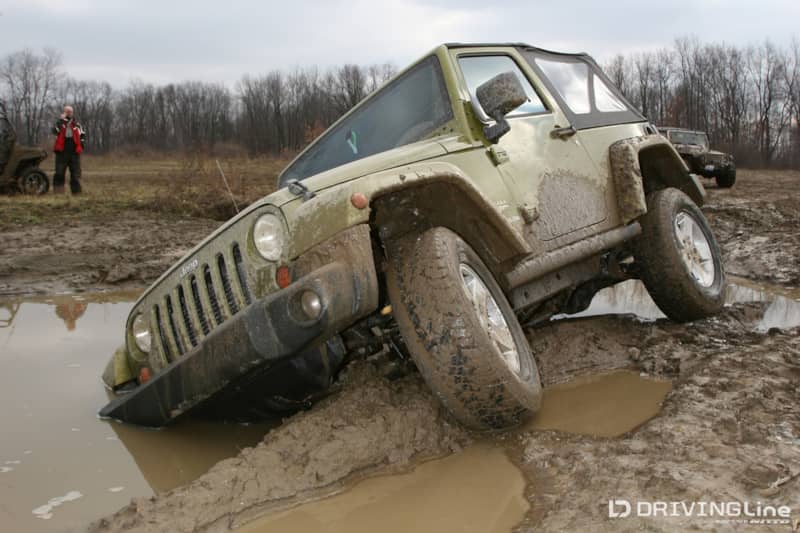
Anyone that’s been stuck off-road has probably noticed that many 4x4s uselessly spin two opposing tires when they are hopelessly stuck, and it’s often believed that a true 4x4 should spin all four tires. Most 4x4s have open front and rear differentials; open differentials allow both tires on the same axle to receive equal amounts of torque. This works fine and dandy where both tires make equal contact on a flat surface; however, when one tire is hanging in the air, forward momentum stops.
The reason is simple: Both tires on the same axle are receiving equal amounts of torque, and very little torque is needed to spin a tire hanging in the air. It’s certainly not enough for the tire on the ground to move the vehicle forward. A pair of staggered holes can quickly stop a true 4x4 in its tracks, leaving two tires spinning.
Aftermarket traction adding differentials are used to alter the torque bias and get power to the tires that are planted on hard ground. Modern 4x4s also have brake traction control systems that monitor tire slip and apply the brakes to achieve similar traction results. Ultimately, just because you have a 4x4, does not mean all four tires will make traction all the time.
2. Mud tires are not a good choice for snow.
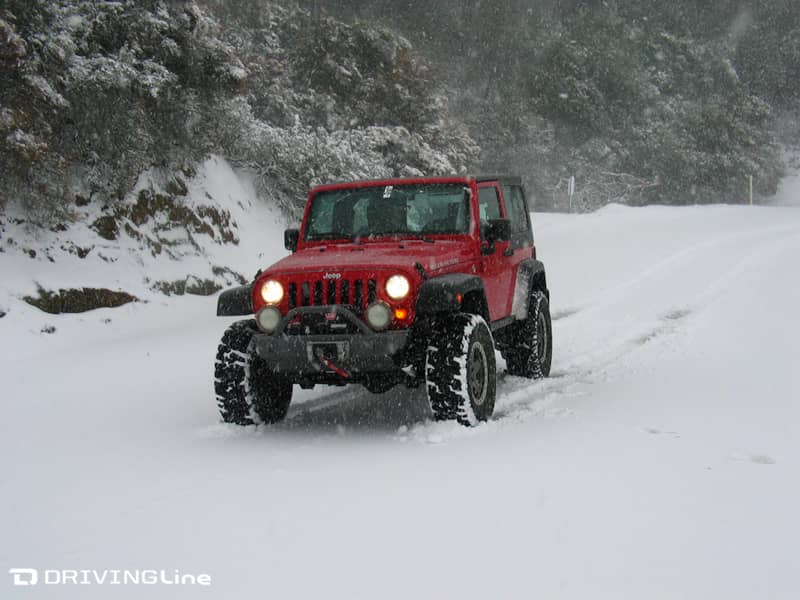
This is a deceptive myth that doesn’t always ring true. If icy and snowy paved roads are the extent of your off-roading, then yes, generally you won’t want to use a mud-type tire. Mud tires have few or no sipes in the tread area; it’s the siping that allows tires to grip icy surfaces.
However, if you like running actual trails in the snow, then mud tires like Nitto Mud Grapplers start to make more sense. A mild siped all-terrain tire that works great on icy roads has little chance of providing traction in the mud and muck that can be hidden under the snow. Choosing tires that are used on- and off-road in the snow and ice is a delicate compromise. You have to sacrifice performance in one area to gain performance in the other, or you could simply purchase two different sets of tires and wheels.
3. If you add bigger tires, you need more power to move them.
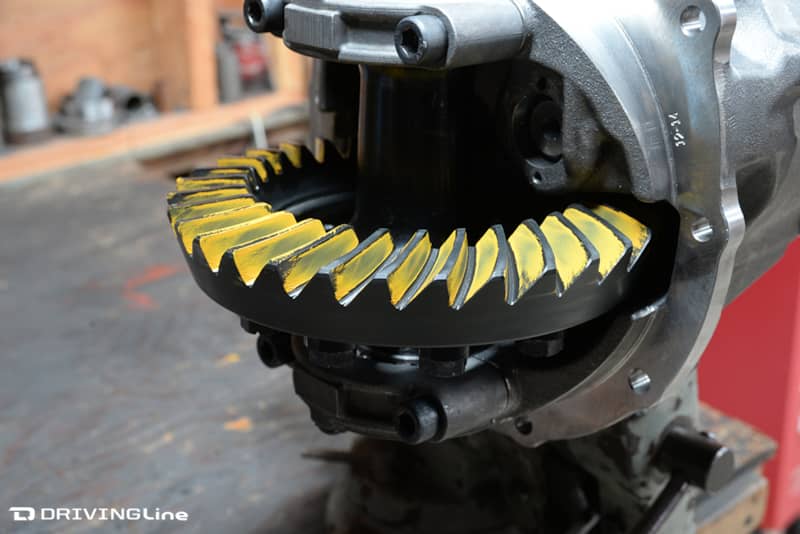
When you increase the tire diameter on your 4x4, you alter the overall gearing, which changes the speeds in which the transmission shifts and can cause your engine to feel sluggish. The most common (incorrect) solution is to simply try and compensate for the loss of gearing with engine power modifications. However, the best way to regain power after installing larger tires is to re-gear the axles.
If you increase tire diameter from a 32- to a 37-inch tire, you have increased the tire diameter by about 16 percent. In most cases you’ll want to increase the gearing by about double the percent increase in tire diameter. In this case, let’s say you started with 3.73:1 ratio axle gears: Increasing the ratio by 32 percent would give us a 4.92:1 gear ratio.
Of course, this exact gear ratio may not be available for your axles. It’s OK to err on the high side to help compensate for the extra weight and wind resistance of the larger wheels and tires. So in this case, we might go with a 5.13:1 axle ratio for our 37-inch tires. You can also find axle gearing charts online to help you decide what axle ratio you should be running in your 4x4.
4. You don't need to air down.
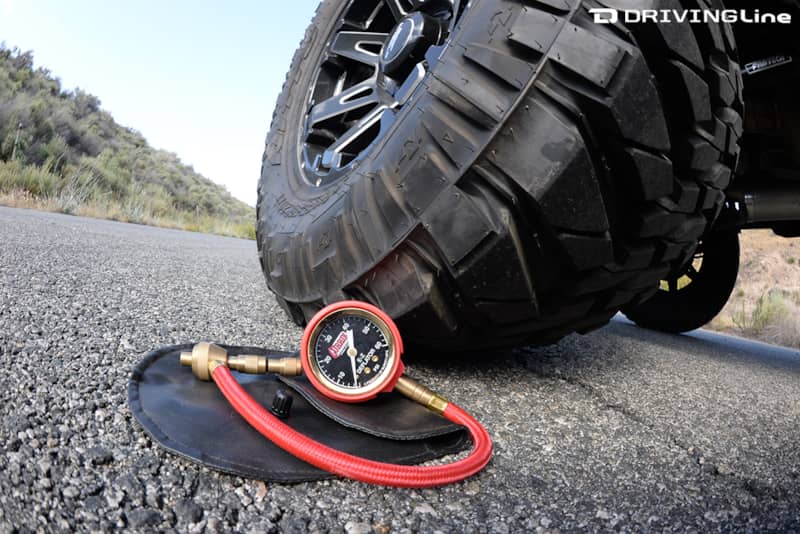
The most common problem we see people make off-road is that they don’t air their tires down enough, or at all. Airing the tires down for off-road travel provides more traction and a smoother ride. The pressure you decide on depends on the terrain you are in, tire size, the weight of your 4x4 and your driving style.
In most cases, vehicles smaller than a half-ton pickup or SUV can easily run on 12-15 psi. You can go even lower if you have beadlock wheels or are careful about not popping a tire bead from too much side loading. If you are running at higher speeds in sharp rocky terrain, you may want to increase the pressure to 15-20 psi. You can experiment with different pressures to see what gives you a good bulge in the sidewall and a large footprint for extra traction.
5. Narrow tires are better than wide tires in mud and snow.

This is an age-old argument typically based on personal experience. Unfortunately, personal experience can vary depending on vehicle weight and trail conditions. The problem is that there isn’t just one kind of mud or snow. Choosing the right tire requires that you try and predict the conditions you plan to frequent most.
Narrow tires are great for digging down and grabbing onto a firm solid surface. This option works ideal in most snow and mud types that are less than a foot deep. If the snow is several feet deep or the mud bog is bottomless, the last thing you want is to have your tires dig your 4x4 a grave.
Wide tires are better able to stay on top of soft loamy terrain, especially when properly aired down. For best performance all around, most off-road enthusiasts with tires that are neither overly wide nor overly narrow, like Nitto Trail Grapplers.







